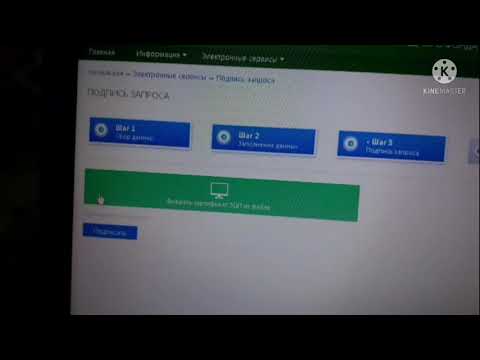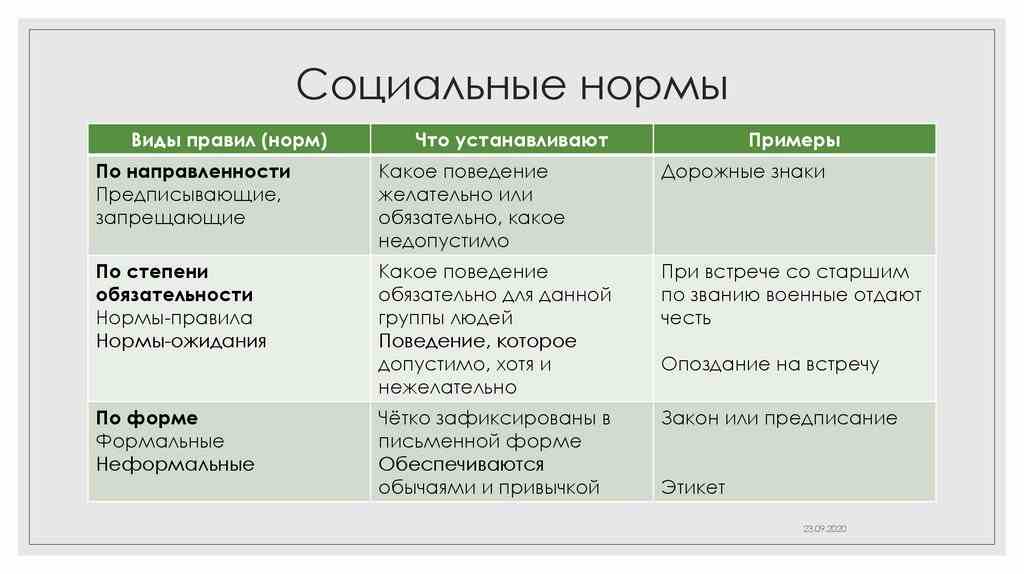When providing assistance to someone who has experienced an electric shock, it is essential to follow specific first aid protocols to ensure safety and effective treatment. Here are the steps to take:
Initial Assessment
- Ensure Safety : Before approaching the casualty, make sure the power source is isolated. If it's a high-voltage situation (like downed power lines), maintain a safe distance (at least 25 meters) until professionals arrive
. For low voltage, turn off the electricity at the mains or unplug the device if safe to do so
- Check Responsiveness : Assess whether the person is conscious. You can do this by asking them to open their eyes, pinching their earlobe, or tapping their shoulders. If they are unresponsive, call emergency services immediately
Providing First Aid
- Break Contact : If the person is still in contact with the electrical source and it is safe to do so, use a non-conductive object (like a wooden broom handle) to separate them from the source
- Check for Breathing and Pulse : After isolating from the power source, check if the person is breathing and has a pulse. If there is no pulse or breathing, begin CPR immediately
- Positioning : If the person shows signs of shock (like faintness), lay them down with their legs elevated unless this causes pain
Treating Burns
- If there are burn injuries, cool them under running water for at least 10-20 minutes. Cover burns with a sterile gauze bandage or clean cloth afterward
. Avoid using ice or butter on burns, as these can worsen the injury
Monitoring and Follow-Up
- Even if the person appears fine after a minor shock, it is crucial they see a doctor as internal injuries may not be immediately apparent
- In cases of severe electric shock (high voltage), always seek immediate medical attention regardless of visible injuries
Key Considerations
- Do not touch someone who has been shocked if they are still in contact with an electrical source.
- Keep calm and reassure the casualty while waiting for emergency services.
- Monitor for any changes in their condition until help arrives.
Following these steps can significantly improve outcomes for individuals who have suffered electric shocks. Always prioritize safety for both yourself and the casualty throughout the process.























































 English (US)
English (US)